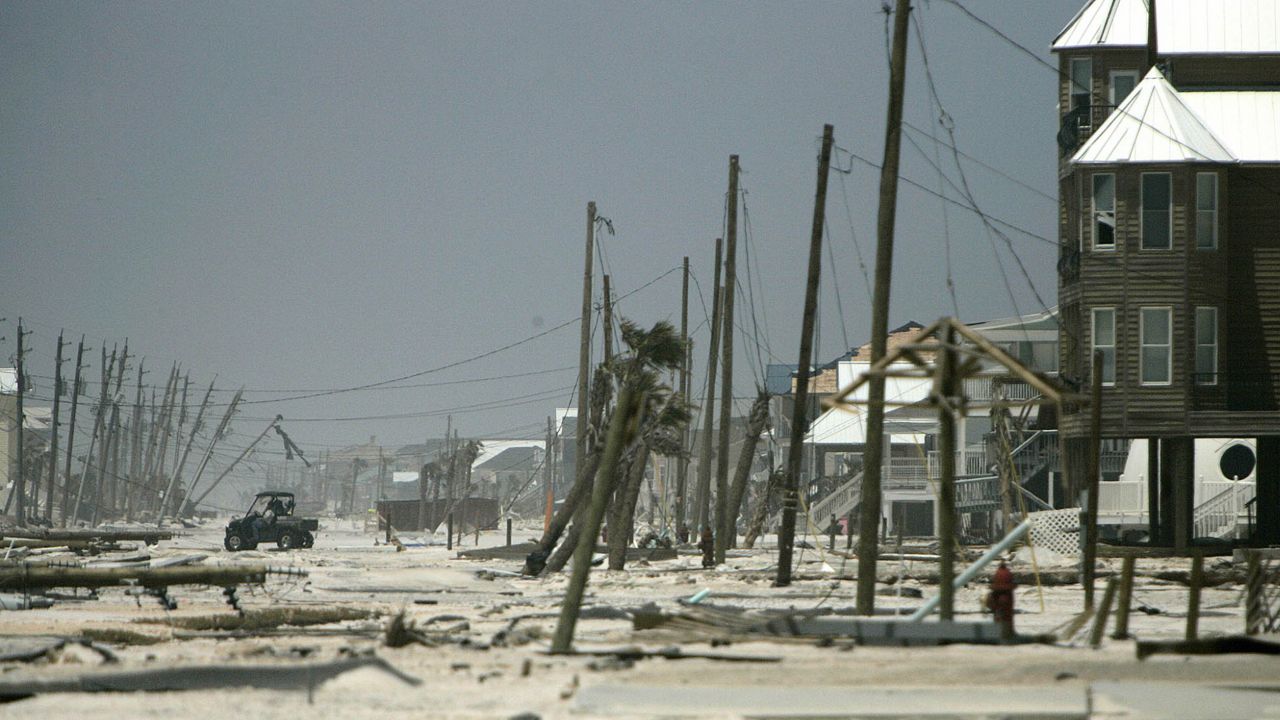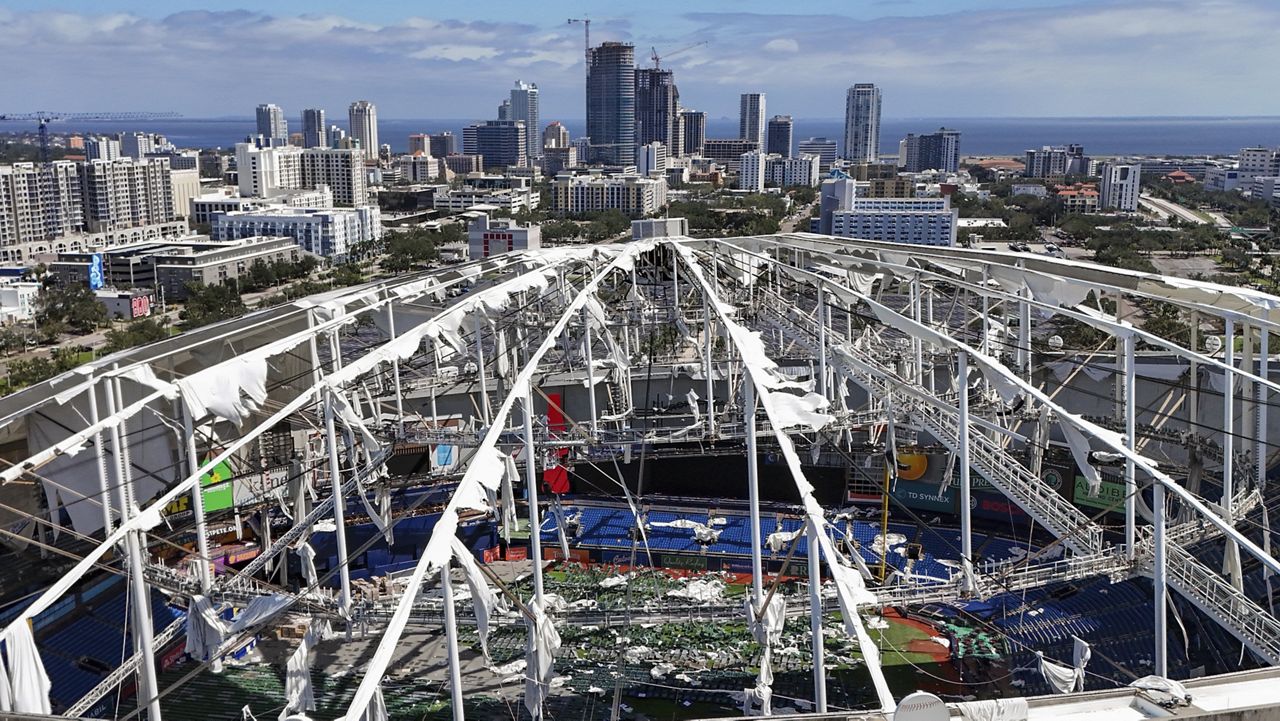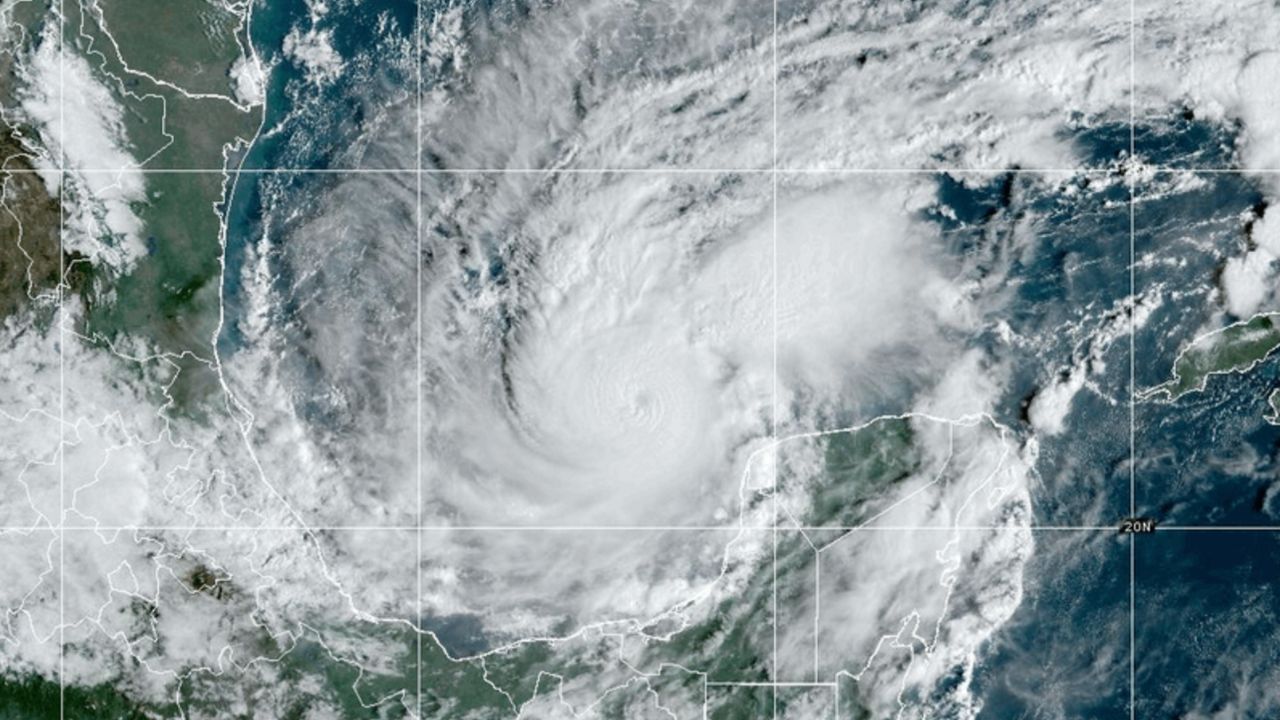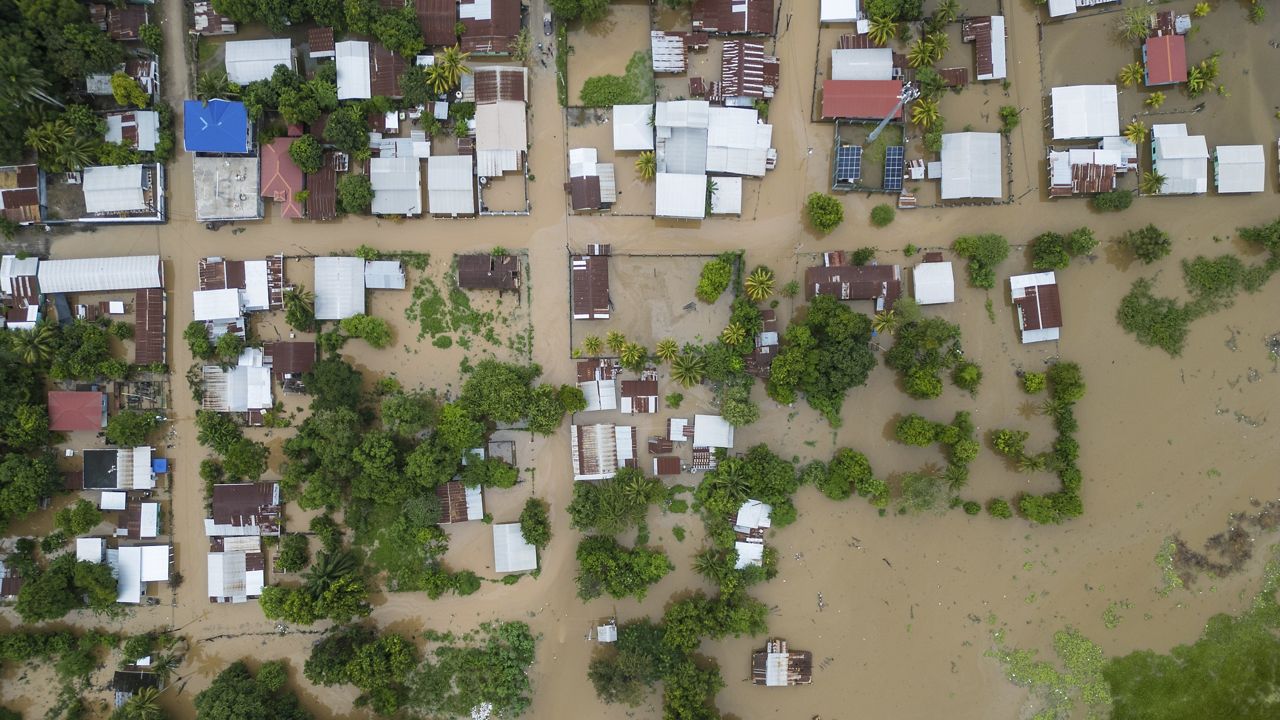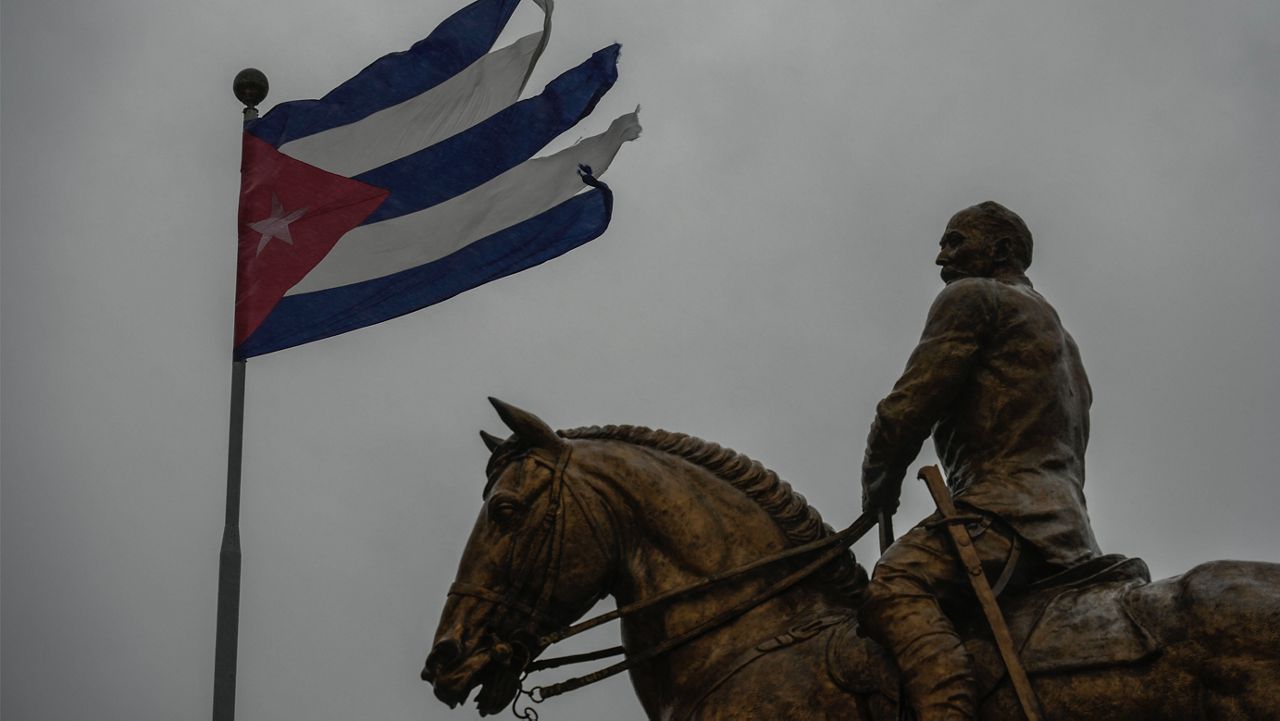Colorado State University updated its outlook for the 2022 Atlantic hurricane season on Thursday, Aug. 4. Their researchers continue to expect above-normal tropical activity this year.
However, the forecast now calls for fewer storms.
The CSU tropical forecast, led by Dr. Phil Klotzbach, now calls for 18 tropical storms, two less than the previous update.
CSU forecasts eight of those to become hurricanes, including four major hurricanes, which are a Category 3 or higher on the Saffir-Simpson Hurricane Wind Scale.

CSU's first forecast for the season, issued in early April, called for 19 named storms, including nine hurricanes and four major hurricanes. They upped those numbers to 20 named storms, 10 hurricanes and five major hurricanes in June.
Forecasters for NOAA's outlook (updated on Aug. 4) also expect another above-average season.
There’s always uncertainty in a tropical season forecast, that’s why CSU also gives a range of numbers of storms where 70% of forecasts fall. That gives 17 to 23 named storms, eight to 12 hurricanes and three to seven major hurricanes.
With the above-average activity forecast overall, the CSU team also foresees the chances of a major hurricane landfall in the U.S. to be higher than the long-term average.
Accumulated Cyclone Energy, which factors the number of storms and their duration and intensity, is forecast to be 150, compared to an average of 123.
Researchers look at a variety of factors to make their prediction.
First, La Niña conditions are now forecast to continue, which favor tropical activity. However, since temperatures in the subtropical Atlantic are slightly cooler, there is a possibility of seeing more shear, which helps prevent storms from forming.
Remember, predictions of the season’s activity are not predictions of exactly how many storms will make landfall in a particular place. Individual storms make impacts, regardless of how active (or not) a season is. Coastal residents should do what they can to be prepared every year.
This forecast comes after last year's busy season that included 21 named storms, although nine of them were so-called "shorties," lasting two days or fewer.
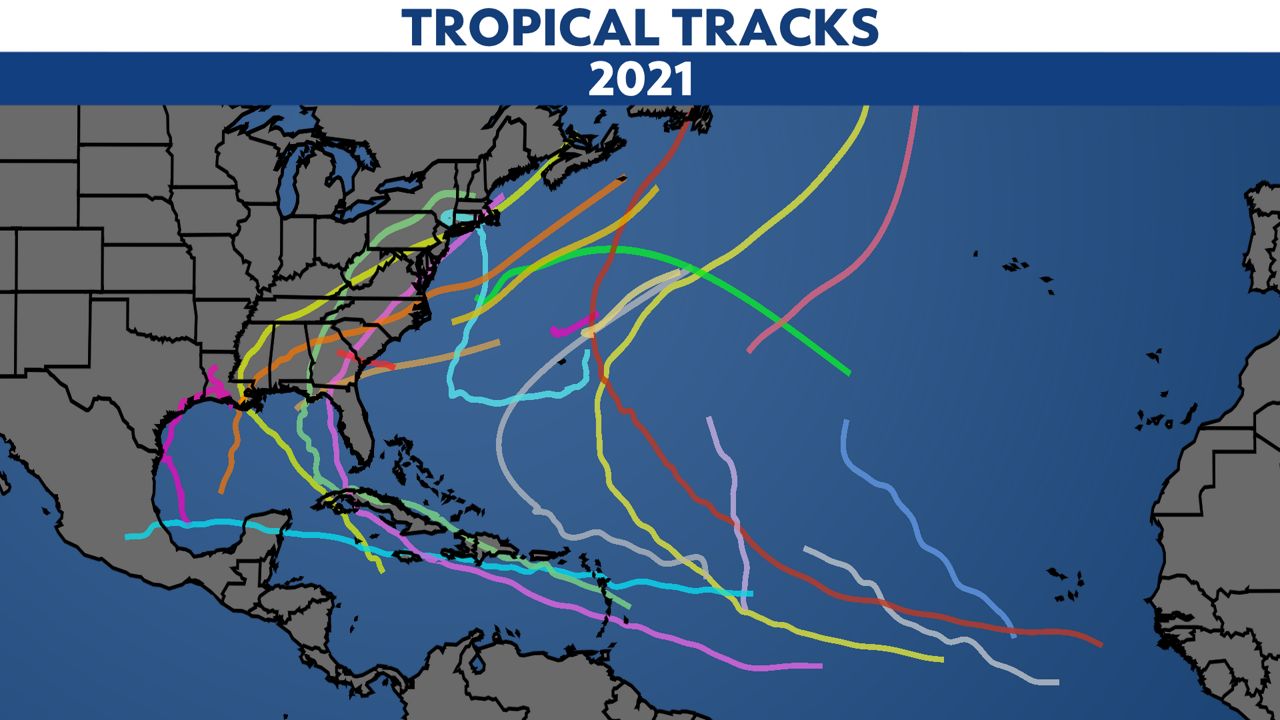
Justin Gehrts - Senior Weather Producer
Justin Gehrts is a senior weather producer for Spectrum News. He has well over a decade of experience forecasting and communicating weather information. Gehrts began his career in 2008 and has been recognized as a Certified Broadcast Meteorologist by the American Meteorological Society since 2010.





